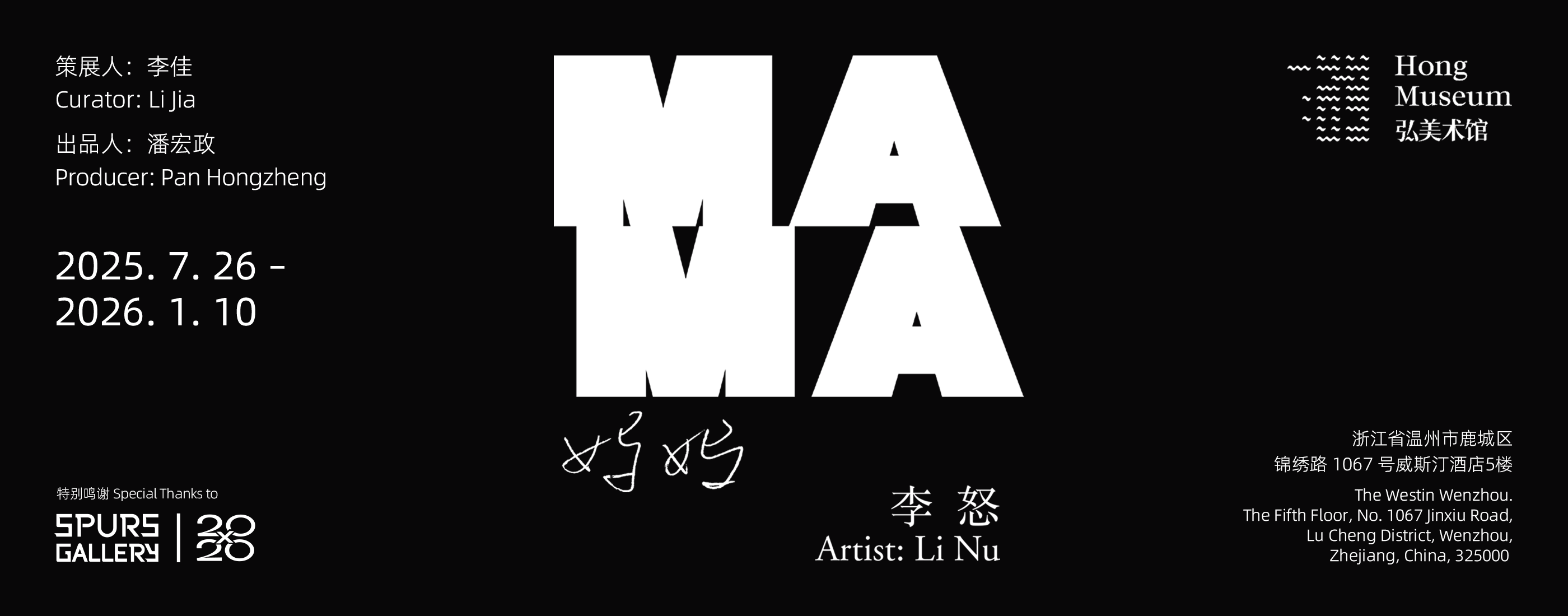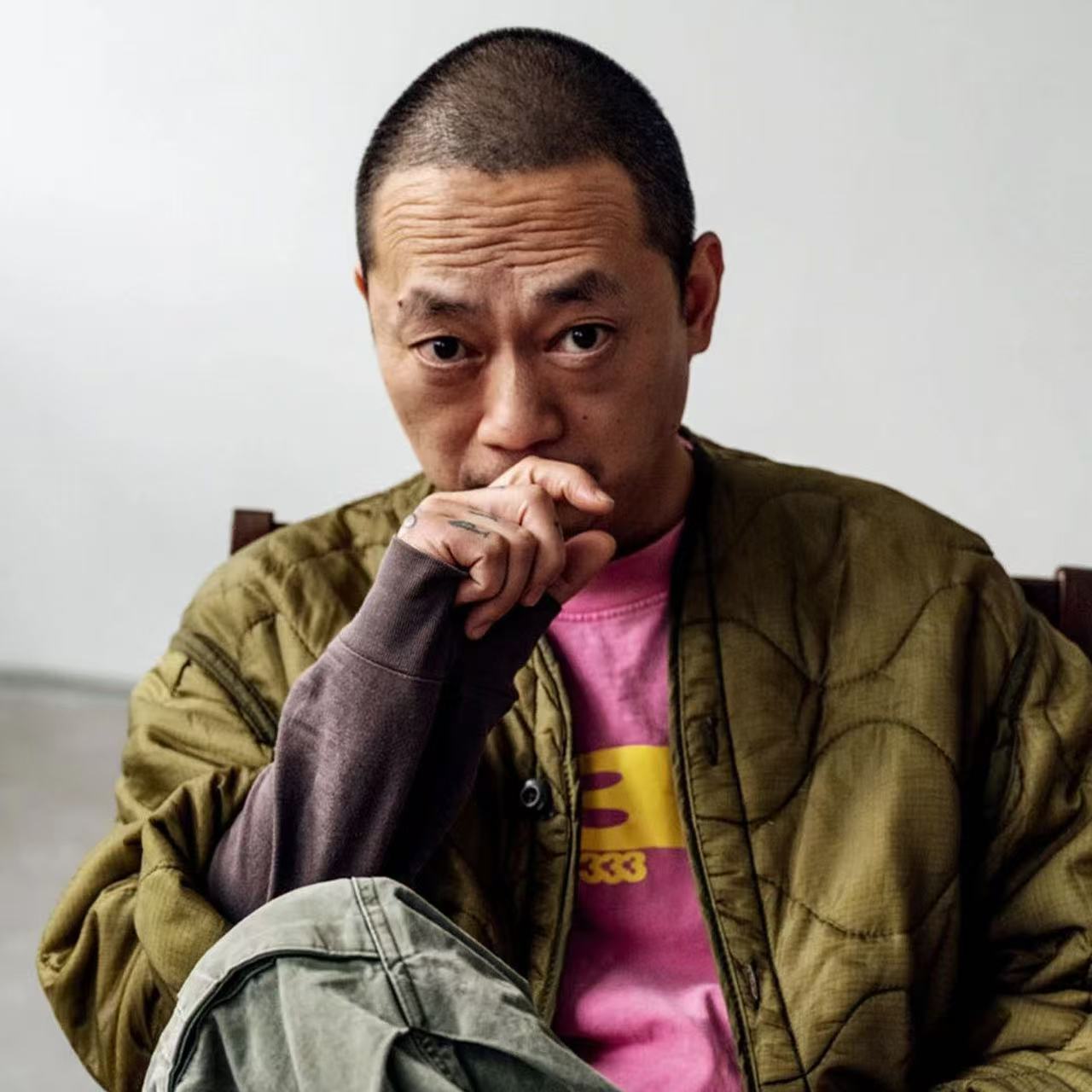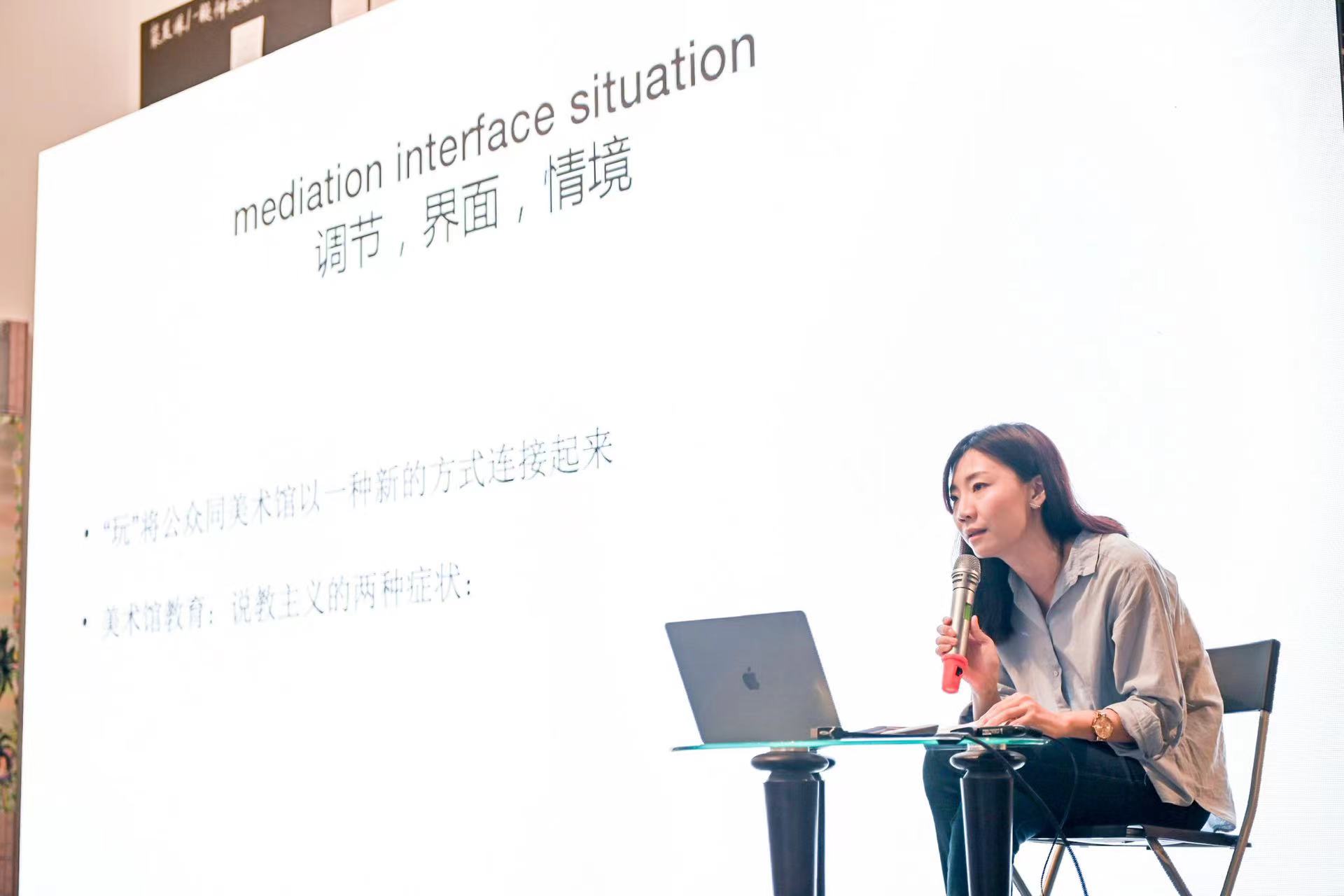
Text / Li Jia
"...The problem with all this is that your real is not my real. We don’t all perceive reality the same way... These differences in how we define reality are probably why we have fiction." [1]
This is not exactly a preface, much less a formal “curatorial statement”—consider it a bit of background, and a few supplementary thoughts. In March, under the pretext of preparing for the exhibition, I followed Li Nu to Wenzhou for the first time. It was also my first time stepping into a shoe factory workshop. It was a weekend, yet the workers, the factory owner, the pattern makers, and technicians were all absorbed in their respective tasks. “People in Wenzhou get only one day off a month—it’s been like this for over thirty years,” they told me. The workshop roared with machinery, flickers of fire, gusts of heat, and the acrid smell of burning. Bodies in labor were immersed in this atmosphere. Flowing forward with the relentless rhythm of the moment were the newly made shoes on the workstations—each pair soon to set off on its respective path with new owners. Wenzhou-made shoes not only supply the domestic market but are exported across the globe. That means what moves along the production line in this very moment is, in a way, countless unseen distances—countless people of different skin colors, languages, histories, and destinies—and the footprints they will leave on the earth. What a meticulous yet vast image! If the history and horizon, here and elsewhere, could be overlaid and revealed on the same plane—like a Mercator projection; if every footprint left on the planet, past or future, could remain visible; if each individual’s path in life could be recorded, recognized, and drawn out; if both trickles and torrents could be seen at once…This ordinary weekend afternoon in a small workshop, among these seemingly unremarkable assembly lines, marked the moment my imagination was overwhelmed.
Yet perhaps it was precisely in the factory workshop on that afternoon that Li Nu’s imagination—and his characteristic persistence—was ignited by the unrelenting rhythm. It began to stir, to take flight, and ultimately to pierce through time and space, shooting out from the small patch beneath his feet to the far end of the globe, to South America; diving headfirst from Wenzhou in 2025 back to the eastern shores of the Mediterranean in the 15th century. That was the dawning of the global age, later praised as the “Age of Discovery” or the “Great Voyages”—a time when continents would gradually come to be seen as mere islands in the ocean, and the sea as yet another road connecting them. Human footprints, along with ships, cargo, wealth, blades, shackles, and disease, would soon begin to move across the planet at an accelerating, irreversible, and deeply asymmetrical pace. History would start to close off countless unrealized divergences, herding them toward the path now claimed to be singular and inevitable. But on Li Nu’s map, all main roads are side paths; all side paths fork; and all forks have never ceased to grow, to mutate, to turn. What drives them is not some unseen giant hand, but rather the countless anonymous, blind, humble, chaotic, even staggering footsteps of people. The great current formed by these footsteps goes by many names: civilization, trade, enlightenment, revolution, conquest, colonization, globalization, capitalism… Together, they herald the world we now inhabit—wrapped in the relentless thrum of assembly lines, the bustle of ports and airports, and the mythologies of order, efficiency, and progress, which veil the murk from which they emerged. That murk is lit by flickers like fireflies in Li Nu’s map, where each footprint of the nameless glows faintly with a phosphorescence, like the wounds of the world, on the eve of globalization.
The vanishing footsteps never leave behind their own stories—like droplets disappearing into a surging current. For the most silent among the silenced, one might ask: “Is it possible to construct a story from ‘the locus of impossible speech’ or resurrect lives from the ruins?”[2] Even the most powerful historical lens cannot restore the faces of these nameless individuals, nor retrieve their inaudible silences, their irretrievable pasts, their fates marked by dispossession, betrayal, and erasure. And yet, through a cartography shaped by imagination, fiction, and responsibility, we might begin to look afar, trace, imprint, and reinscribe the paths once taken by these forgotten lives—following their footsteps to revisit all the possible and impossible entanglements, dispersals, layers, and convergences they have passed through... to see how the past is woven into the future, how the distant is stitched into the here and now, how “they” are seamed into “us,” and how “we,” in turn, are sewn into one another’s destinies. This is a journey of imagination and symbols, but also a tangible journey defined by crossings and encounters. It is a response to the debts of history, and an inquiry into the hopes of today.
Guided by the faint sparks on the map, Li Nu hands over a boat ticket: no destination marked, more of an invitation without promise. Along the way, one might encounter towering waves or a sea of tranquil skies. Those who know him understand this duality in his art: the distant and the immediate, the monumental and the minute, the symbolic and the concrete, the conflict and the reconciliation...He often says he hopes his work speaks to the times—not to small events, but to the greater tides of history. And yet, within the densely compressed images, the monumental-scale landscapes, and the theatrical narratives that have become his signature, there always lingers a diffuse consciousness of resistance, a latent romanticism. These can only emerge from lived experience—from a kind of existence that is transparent, anonymous, and fleeting like a droplet in a rushing current; from the instinctive, embattled resistance of the individual caught beneath the overwhelming weight of reality, struggling on even as resources run thin; from an experience of self-reflection and release of warmth—brief and fragile like a firefly in the eternal night of history. Returning to that afternoon in the factory, I still recall the roar of machines, the flashes of fire, covering yet accentuating the silence of living labor. As we looked at the workers who bent over the assembly line, Li Nu said: We are the same. I don't know if it was a sigh, or a self-encouragement, or both. I only know that his insistence on staging this drama across time and space is not just for himself, his peers, or his viewers. Perhaps he is thinking of all those known and yet unmet travelers, those whose names disappeared into the ocean currents and the folds of time—and of those still among us, laboring ceaselessly in this very moment, those women who seem, too often, to have no names at all.
[1] Ursula K. Le Guin, Words Are My Matter: Writings About Life and Books, 2000-2016, “Small Beer Press, 2016.
[2] Saidiya Hartman, Venus in Two Acts, trans. Huang Kun, published in South of the South, online journal of Guangdong Times Museum, June 2020.

Li Nu graduated with an MA in Sculpture from the Royal College of Art. He won the 2015 RBS (Royal British Society of Sculptors) Bursary Awards and, as a member of RBS, lives and works in Beijing.
Li Nu’s work is rooted in everyday life. He subverts the perceived boundaries between documentary and fiction, representation and abstraction, to explore and achieve a poetic language in art. By capturing the details of everyday life, he aims to reflect individuals’ mood swings and the mundane state of the population within the evolution of macro-society. The apparently unpromising materials of everyday life are transformed into something metaphorical, poignant, humorous, poetic, and dramatic, challenging us to question our received experiences about life and see the world afresh. The concept he aims to express is never what you have seen; it is always wandering between void and solid.

Li Jia is an independent curator based in Beijing. Her curatorial practice focuses on participatory art, spatial and social practice, as well as the renarration of Chinese contemporary art history.
Wenzhou is a city renowned for its high fluidity of population. Located in the heart of Wenzhou city, the Hong Museum stands as a beacon of artistic and social exploration. Its overarching goal is to rejuvenate and reinstate the interplay among art, social science, and the public by presenting and studying contemporary culture and art. We firmly believe that an art museum wields an essential influence in shaping society. As the embodiment of this vision, the museum serves as an entity, unifying the diverse facets of globalization and constructing a cultural institution that looks optimistically towards the future.